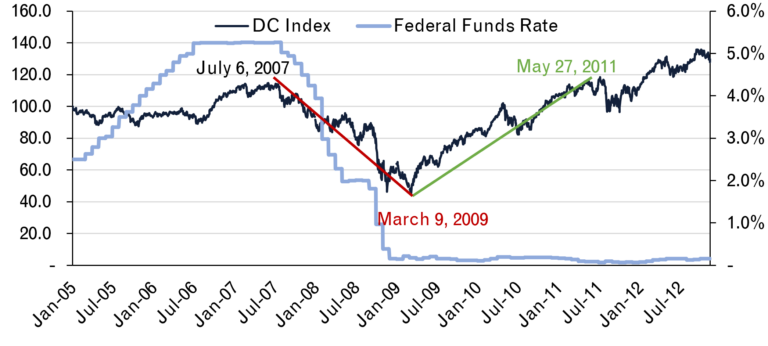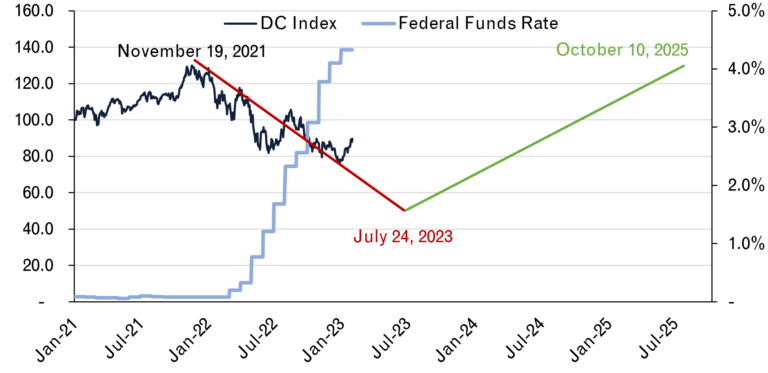Healthcare IT
Healthcare IT transactions
- The Healthcare industry is shifting to a value-based care model, which aims to deliver more effective care at a lower cost. We expect that providers will continue to pursue acquisitions of healthcare IT (HCIT) targets to decrease costs while maintaining a high standard of care.
- A shortage of labor and rapidly rising wages remain as the main pain points for providers. Private equity has identified this dynamic, and invested in provider IT solutions that optimize operations and improve margins.
- Revenue cycle management (RCM) and ancillary companies that improve collection rates and lower the costs of complex reimbursement collections, remain highly desirable acquisition candidates by both strategic and financial buyers.
- Outside of provider-focused HCIT, bio-pharma IT solutions that aim to improve workflow productivity, project management and reduction in clinical trial times, continue to remain a bright spot for deal activity.
For more information or questions, please contact our Healthcare Services team:
Paul Kacik, Managing Director: pkacik@hexagoncapitalalliance.
Brad Erhart, Director: berhart@
Daren Oddenino, Director: doddenino@


